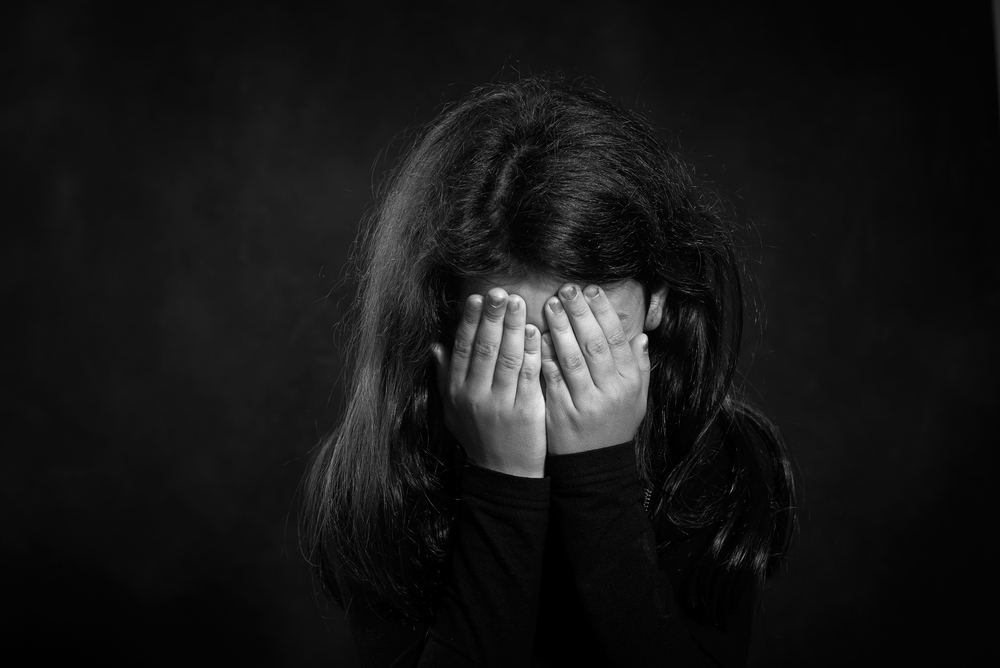Child abuse and neglect are serious problems in the United States. According to the most recent data collected by the United States Children’s Bureau, as many as five children a day die due to child abuse. The bureau reported that in 2017, approximately 674,000 out of the 3.5 million children investigated by child protective services were victims of maltreatment, with 74.9 percent of them being victims of neglect, 18.3 percent suffering physical abuse, and 8.6 percent being victims of sexual abuse. Often, children are victims of more than one type of abuse. The highest rate of child abuse involves children who are younger than 12 months old. And 78.1 percent of the time, the perpetrator of the abuse or neglect is a parent of the victim. The statistics underline the gravity of the problem and why it’s crucial to understand the basics of abuse and neglect and the devastating impact that they have on children, potentially for the rest of their lives.
What Are Child Abuse and Neglect?
Abuse and neglect are forms of child maltreatment. In a case of neglect, a parent or a caregiver fails to satisfy a child’s basic emotional and physical needs. These include nurturing and affection, housing, medical care, education, clothing, and food. When a caregiver or parent causes injury, emotional harm, risk of serious harm, or death through their actions or failure to act, it is called abuse. There are several types of child abuse.
- What Is Child Abuse and Neglect? Recognizing the Signs and Symptoms (PDF)
- Child Abuse and Neglect (PDF)
- What Is Child Abuse?
- Child Abuse. What Is It?
- About Child Abuse and Neglect
- Child Neglect
- Child Abuse
- What Is Child Abuse or Neglect?
Physical Abuse
Physical abuse is a type of abuse in which a parent causes physical injury to a child. Physical abuse injuries are not caused by an accident. Striking, biting, kicking, choking, burning or any other type of injury to a child can be physical child abuse. Signs of child abuse may include unexplained bruises, frequent injuries, and multiple injuries that are at different stages in the healing process. The child may also experience behavioral or emotional problems such as insomnia, aggression, fear of adults, self-destructive behavior, or acting out. If you’ve witnessed this type of abuse you can speak with a divorce attorney in Columbus for support and educational references.
- Child Neglect and Abuse: Physical Abuse
- Types of Child Abuse
- Physical Abuse Effects
- Child Physical Abuse
- What Is Child Physical Abuse?
- Physical Abuse
Sexual Abuse
The sexual abuse of children occurs when an adult or an older child involves a child in a sexual act. This includes both contact and non-contact sex acts that may include penetration, sexual talk, the viewing and showing of sex organs, oral sex, or inappropriate touching. Child pornography and prostitution are also sexual abuse. Physical and behavioral signs that a child is being abused sexually include problems sitting or walking, bowel issues, underwear stained with blood, bleeding of the genitals, or problems with itching or pain in this area. A child who experiences frequent yeast or urinary tract infections may also be a victim of sexual abuse. Emotional and behavioral signs can include withdrawal, anxiousness, depression, or aggression. Children may develop an eating disorder and a poor self-image. Fear of bedtime and bed-wetting are common signs of abuse, as is displaying an advanced knowledge of sex or acting out sexually.
- Child Sexual Abuse
- Understanding the Facts About Child Sexual Abuse Can Help You Better Protect the Children in Your Life
- Defining Child Sexual Abuse
- Out of Darkness, Into Light: Child Sexual Abuse
- Child Sexual Abuse: You Can Prevent, Recognize, and React (PDF)
- Childhood Sexual Abuse
Emotional Abuse
Causing children emotional harm that impacts their mental or social development is called emotional abuse. In most cases, this type of abuse is ongoing and causes harm over a period of time. Parents or caregivers who withhold affection or reject the affection of their child are guilty of emotional abuse. Humiliating and criticizing children, threatening abandonment, and isolating children are all forms of abuse, as is encouraging criminal behavior. Signs to look out for include developmental delays, speech disorders such as stuttering, and bed-wetting. Behavioral problems may include learning disabilities, antisocial or inappropriate behavior, extreme emotions, or even suicidal thoughts.
- Emotional Child Abuse
- What Is Emotional Child Abuse?
- Child Emotional and Psychological Abuse
- Types of Abuse: Emotional Abuse
- The Unseen Wounds of Child Emotional Abuse
- Emotional Abuse in Childhood as Harmful as Violence or Neglect
Prevention
Parents, teachers, and other adults can take steps to protect children from child abuse. Talk to children about protecting their bodies. They should know that no one has a right to touch or look at their bodies, nor should they be pressured into touching or doing anything with adults. Everyone, including adults, should be aware of who commits these types of crimes: While strangers may be child abusers, it is more commonly a parent or someone who has been given child custody or spoken to a child custody attorney. Being observant can also help prevent children from becoming victims of abuse. Be aware of individuals who take a special interest in a child, and understand what the risk factors are.
- Prevent Child Abuse
- Preventing and Identifying Child Sexual Abuse: Tips from the American Academy of Pediatrics
- Preventing Child Abuse and Neglect
- What You Can Do to Prevent Child Abuse
- Preventing Child Abuse
- Child Abuse Prevention
- How Can You Prevent Child Abuse?
- Protecting Innocence: How to Prevent Child Abuse
- Preventing Child Abuse Before it Occurs
- Ten Ways to Prevent Child Maltreatment
Organizations
There are numerous organizations that help children who are at risk of abuse or have been abused. These organizations provide a wealth of resources and information for parents and people who care for children. Many offer programs for children who are victims of abuse and act as advocates for kids.
- The American Professional Society on the Abuse of Children
- Prevent Child Abuse America
- For the Child
- Child Abuse Prevention Center
- Child Welfare League of America
- Friends National Center for Community-Based Child Abuse Prevention
This page was last updated by Brian Joslyn


